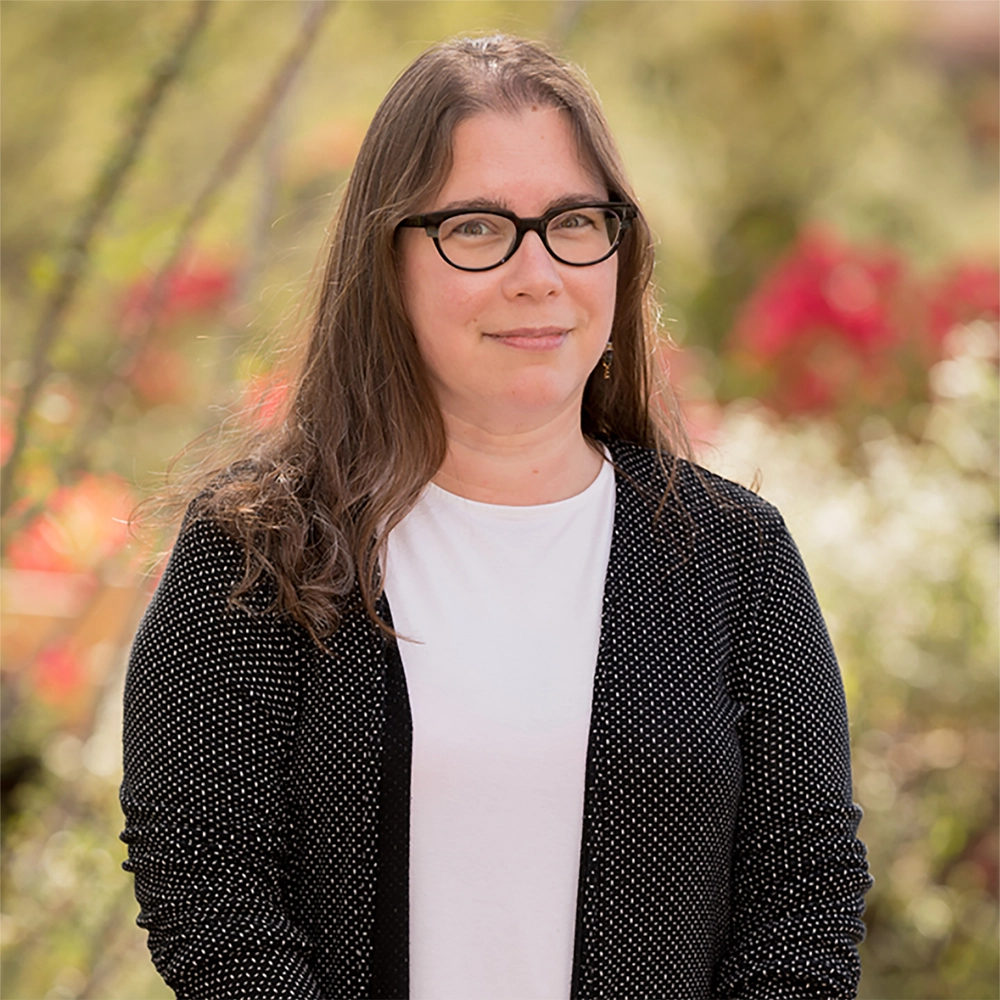
The gold nanocrystals created by Catherine Murphy carry huge potential
The gold nanoparticles created by Catherine Murphy, the Larry R. Faulkner Endowed Chair in Chemistry, range in size from 5 to 100 nanometers. To get an idea how small that is, consider this: Your fingernails grow about 1 nanometer per second.
One of those virtually invisible gold nanoparticles might not pack much market value, but Murphy knows that their optical properties have incredible potential in fields from green energy to fighting disease. She is renowned for her pioneering research in this area of inorganic chemistry; in addition to her endowed chair, Murphy is a member of the National Academy of Sciences, and she was named to the Clarivate Analytics Highly Cited Researchers list for being one of the world’s most influential scientists.
How long have you been at the University of Illinois?
Nine years as a faculty member; four years as an undergraduate (Murphy earned bachelor’s degrees in chemistry and biochemistry from Illinois in 1986.)
What is your area of expertise?
Inorganic biophysical nanomaterial chemistry.
What are you currently researching?
In my lab we make nanocrystals of gold, control their size and shape and therefore optical properties. We do a lot of surface chemistry on them and are developing them for sensors, bioimaging agents, and photothermal therapeutics.
What is the impact of your research?
We want nanotechnology to save the world, one particle at a time! For other scientists in this area, there are nanomaterial improvements in solar cells and batteries. For my particular work, some of the lines of research we are working on might be able to help with neurodegenerative disease.
How has your field changed since your career began?
“Nano” was not a field at all when I was a student. It was barely beginning when I began my independent career as an assistant professor in 1993 (at another university). There have been enormous advances in imaging techniques and computational firepower since then.
What is your most significant achievement?
Our past work, in which we developed good procedures for making our nanomaterials, have been widely adopted around the world and have been commercialized.The work we are doing right now is always the most exciting work to me! Right now we have projects on controlling cell behavior with nanoparticles, and controlling the molecular display on nanoparticle surfaces.
Dave Evensen, College of Liberal Arts & Sciences